 Many people simply do not know where the Bible came from.
Many people simply do not know where the Bible came from.They think it was “always there”.
Some even think that only the King James Version (KJV) is the real, authentic version, the ONLY one to be inspired by the Holy Ghost.
Some even seem to think that the Evangelists and Apostles actually produced the KJV (presumably in English!).
The KJV was authorised by King James I of England, Scotland and Ireland, who rejected the Protestant Geneva Bible but also the Catholic Bible. He ordered Anglican scholars to translate the original texts into English. This became the KJV. It is not a bad translation but it was chiefly designed to suit Anglican doctrines.
Here is a message to our Protestant Evangelical brothers:
It was the Roman Catholic Church which decided which books would make up the Bible.
Yes. True fact.
In fact, the final canon of Scripture, thereafter recognised by all Christians for over 1,000 years, was settled on 28 August 397 AD by the Council of Carthage after the example set by St Cyril of Jerusalem in 350.
This Council met under the supervision of the Bishop of Carthage, North Africa, and the Western Roman Emperor, Flavius Honorius, the decrees being later approved by the Bishop of Rome, the Pope, who later also approved the definitive translation of St Jerome called the Vulgate.
Jews and Christians were loath to translate these texts for the simple reason that meaning can easily be changed in translation. Thus translations required some sort of authorization from the community of believers (usually the leading Jewish/Christian emperor/king or bishop/elder) lest promiscuous translations be spread among Jews and Christians to deceive them and lead them away from the truth.
After the Babylonish captivity, when Aramaic became the common language tending to replace classical Hebrew, the Targums were created to allow the people to understand the Torah when read in the Synagogues. However, the most well-known movement to translate the Bible came in the 3rd century BC when over a third of the population of the great Greek-speaking city of Alexandria, founded by Alexander the Great, were Jews.
With the approval of King Ptolemy II Philadelphus, a group of Hebrew scholars who spoke Koine (or spoken) Greek made what is perhaps the first universally accepted authorised translation thereafter called the Septuagint whereby the original Hebrew and Aramaic Old Testament was translated into Koine Greek.

Printed version of the beginning of Genesis in the Greek Septuagint
The next major translations came after the death of our Saviour and include the most sacred of all texts, those written by the Evangelists and Apostles under the direct inspiration of the Holy Ghost providing the Euangelion, "Glad Tidings" or "Good News" of Jesus Christ.
This was rendered as Gospel (originally God-spell) in Anglo-Saxon, the language of the early English who had originated in Fryslan or North Germany (whose inhabitants in turn spoke the original of what is now Frieslandisch, the language of Ost-Friesland in North-West Germany).
Origen's Hexapla placed side by side six versions of the Old Testament, including the 2nd century Greek translations of Aquila of Sinope and Symmachus the Ebionite
The canonical Christian Bible was formally established by Bishop St Cyril of Jerusalem in 350 (although it had been generally accepted on an informal basis by the Christian community previously), confirmed by the Council of Laodicea in 363 (both lacked the book of Revelation), and later established by St Athanasius of Alexandria, Doctor of the Church, in 367 (with Revelation added)
The Council of Carthage, held on 28 August 397 under the tutelage of the Bishop of Carthage but with imperial and papal approval, issued a definitive canon (legal decree) of Scripture setting out all the texts that form what is now universally called "The Bible". This canon remained unchallenged for over 1,000 years until not long before the Protestant Reformation when the inclusion of the Deutero-Canonical texts was, among other things, repudiated. These texts were thereafter called "Apocryphal" by Calvinists, Lutherans, Anglicans and others but are often included in some Protestant translations.
Co-extensive with Carthage came the magisterial translation of the Vulgate of St Jerome and it was widely received and recognised as authorised by the Christian authorities, princes, governors and spiritual leaders. It has remained so ever since and has stood the test of time clearly under the guidance and indirect inspiration of the Holy Ghost.
 St Jerome, Cardinal and Doctor of the Western Church, the fiery Illyrian penitent who translated the Bible from the original texts to give us the Vulgate
St Jerome, Cardinal and Doctor of the Western Church, the fiery Illyrian penitent who translated the Bible from the original texts to give us the VulgateJerome's Vulgate Latin translation dates to between AD 382 and 420. Latin translations pre-dating Jerome are collectively known as Vetus Latina texts. Jerome began by revising the earlier Latin translations, but ended by going back to the original Greek, by-passing all translations, and going back to the original Hebrew, wherever he could, instead of the Septuagint (as, later, did the translators of the King James Version).
The New Testament was translated into Gothic in the 4th century by Ulfilas. In the 5th century, Mesrob translated the Bible into Armenian. Also dating from the same period are the Syriac, Coptic, Ethiopic and Georgian translations.
However, important though the Vulgate was, it nevertheless was only indirectly inspired through the scholarship of the Christian doctor, St Jerome. The original texts remained - and still remain - the only DIRECTLY INSPIRED texts written in the hand and language of those authors who were DIRECTLY INSPIRED by the Holy Ghost.
On the other hand, it was important that Scripture be available to the people in their own language since only scholars tended to know Hebrew, Greek, Aramaic and the Latin of the Vulgate. This resulted in various authorised translations.
From the Middle Ages we still have some fragmentary Anglo-Saxon Bible translations, notably a lost translation of the Gospel of John into Old English (Anglo-Saxon) by the Venerable Bede, which he is said to have prepared shortly before his death around the year 735.
An Old High German version of the Gospel of Matthew dates to 748. Emperor Charlemagne in ca. 800 charged Alcuin with a revision of the Latin Vulgate. The translation into Old Church Slavonic dates to the late 9th century.
King Alfred the Great had a number of passages of the Bible circulated in the vernacular in around 900. These included passages from the Ten Commandments and the Pentateuch, which he prefixed to a code of laws he promulgated around this time. In approximately 990, a full and free-standing version of the four Gospels in idiomatic Anglo-Saxon appeared, in the West Saxon dialect; these are called the Wessex Gospels.
In 1199, Pope Innocent III banned unauthorized versions of the Bible as a reaction to the Cathar/Waldensian heresies.
The Cathars manipulated Scripture in accordance with their real beliefs which were not Christian but rather those of the Chinese philosopher, magician and theologian, Mani, who believed in Dualism (the existence of two equal forces one good, God, and one evil, the Devil, but each of equal strength and standing, a view entirely opposed to orthodox Christianity). They believed that flesh was evil, thus child-birth was evil, and marriage was evil but sodomy, which produced no children, and euthanasia, which eliminated flesh, were good.
They believed in a "sacrament" called the consolamentum which included euthanasia by suffocation or starvation.
They also included many terrorists who regularly murdered orthodox Christians so that the Church was therefore obliged to launch a defensive counter-terrorist war against them, eventually won, at Muret in 1213, by Count Simon de Montfort (whose son founded the English Parliament) when his 700 Knights miraculously defeated a vast Cathar army of 50,000 under King Peter of Aragon.
 Count Simon de Monfort led 700 Christian knights against a huge army of 50,000 or more Albigensian Cathars under King Pedro II of Aragon in the Battle of Muret 1213. St Dominic was praying the Rosary for victory in the Church of Muret. The tiny army of Christian knights defeated the brutal and bloody Cathars who fled away, defeated.
Count Simon de Monfort led 700 Christian knights against a huge army of 50,000 or more Albigensian Cathars under King Pedro II of Aragon in the Battle of Muret 1213. St Dominic was praying the Rosary for victory in the Church of Muret. The tiny army of Christian knights defeated the brutal and bloody Cathars who fled away, defeated.The synods of Toulouse and Tarragona (1234) outlawed possession of Cathar renderings of the Bible. There is evidence of some vernacular translations permitted while others were being scrutinized for Catharist influences.
The most notable Middle English Bible translation, Wyclif's Bible (1383), based on the Vulgate, was banned by the Oxford Synod in 1408 because of its alterations to the text. An Hungarian Hussite Bible appeared in the mid 15th century, and in 1478, a Catalan translation in the dialect of Valencia.
In 1521, Martin Luther was placed under the Ban of the Empire, and he retired to Wartburg Castle. During his time there, he translated the New Testament from Greek into German. This was printed in September 1522.
Tyndale's Bible (1526) was met with heavy sanctions given the widespread belief that Tyndale had changed the Bible as he attempted to translate it. William Tyndale was first jailed in 1535 for translating the Old Testament without permission, and, a year later, after refusing to recant or retract, was executed by order of the English King Henry VIII and Parliament
There was also the 1530 translation of Jacques Lefèvre d'Étaples. The Froschauer Bible of 1531 and the Luther Bible of 1534 (both appearing in portions throughout the 1520s) were an important part of the Protestant Reformation.
The vast international missionary activity of the Jesuit order led to a large number of 17th century translations into the languages of the New World, to enable the indigenous Indian natives to understand the Bible.
Each translation of the Bible tends to put its own "spin" on the text and this can give rise to controversy. Thus the translators of the KJV were authorised by King James I of England to undertake their translation work because of the very clear "spin" put upon the texts by the Geneva Bible which both King James and the Fathers of the KJV translation famously rejected
For example, the Geneva Bible translated episkopoi as "elders" rather than as "bishops". This the KJV translators rejected and returned to the more traditional rendering of "bishop". King James famously said "No bishop, no king" and so would not tolerate the Presbyterian rendering of "elder" which he knew spelt the end of the bishops and thus of himself as king.
So it proved under his son, King Charles I when the even more extreme and revolutionary Congregationalists or Independents, under Oliver Cromwell, banned all bishops and executed the King setting up a military dictatorship of Army generals under Cromwell as the Dictator.
To the extent that any translation of the Bible is faithful to the original texts, it is an INDIRECTLY INSPIRED text and therefore, to a greater or lesser degree (depending upon the faithfulness of the translation), suitable to nourish the faith of Christians and suitable for them to rely upon.
However, the texts of the Bible DIRECTLY inspired by the Holy Ghost are the Old Testament (called the Tanakh by the Jews) in the classical Hebrew of the masoretic texts mostly, but with some (e.g. the Talmud and the Book of Daniel) in Aramaic, and the New Testament in the original Koine Greek with smatterings of Aramaic (the language spoken by our Lord) and various semitisms typical of Greek-speaking Jews.
However, the decision as to which inspired books would make up the Bible was decided by a Council of the Roman Catholic Church in 397.
The Bible is, thus, a Catholic book, not a Protestant one.
...

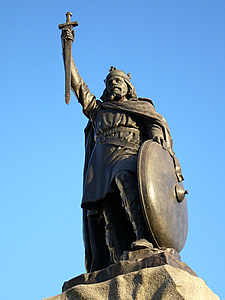







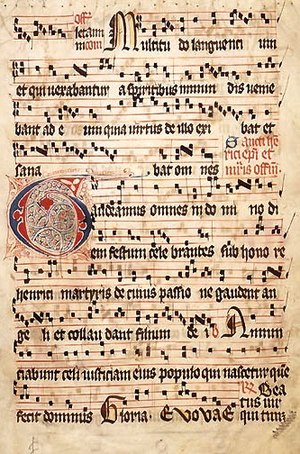

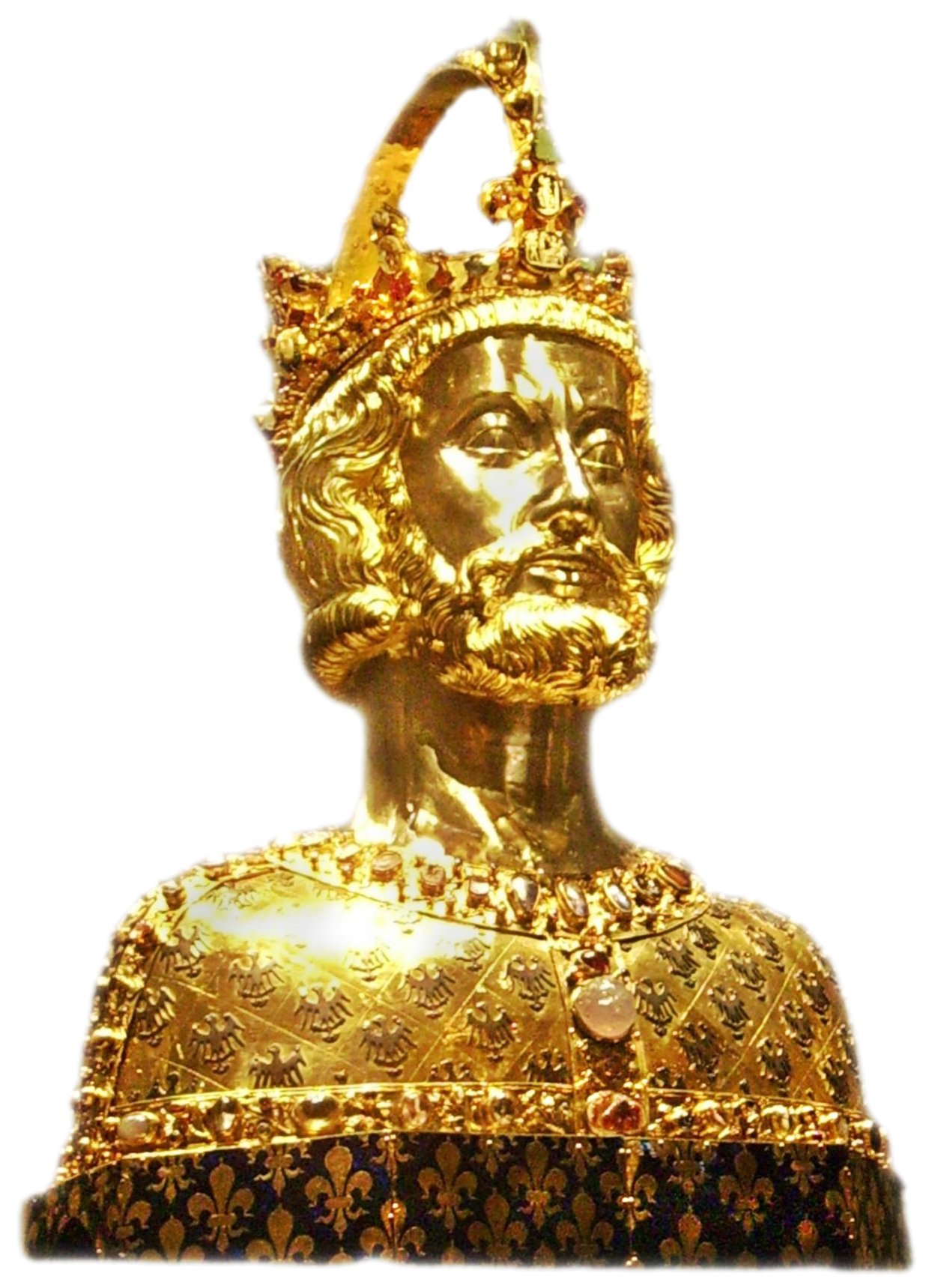



.jpg)


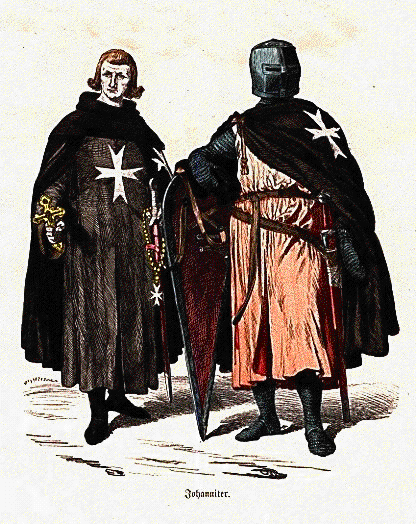

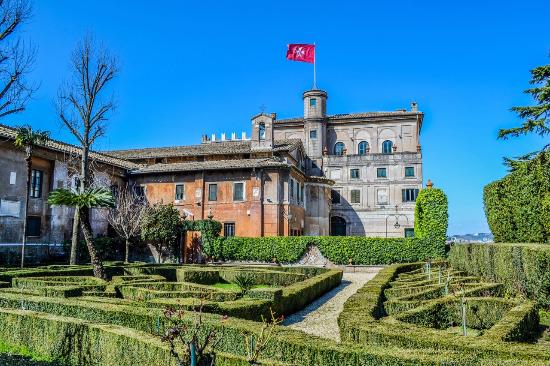


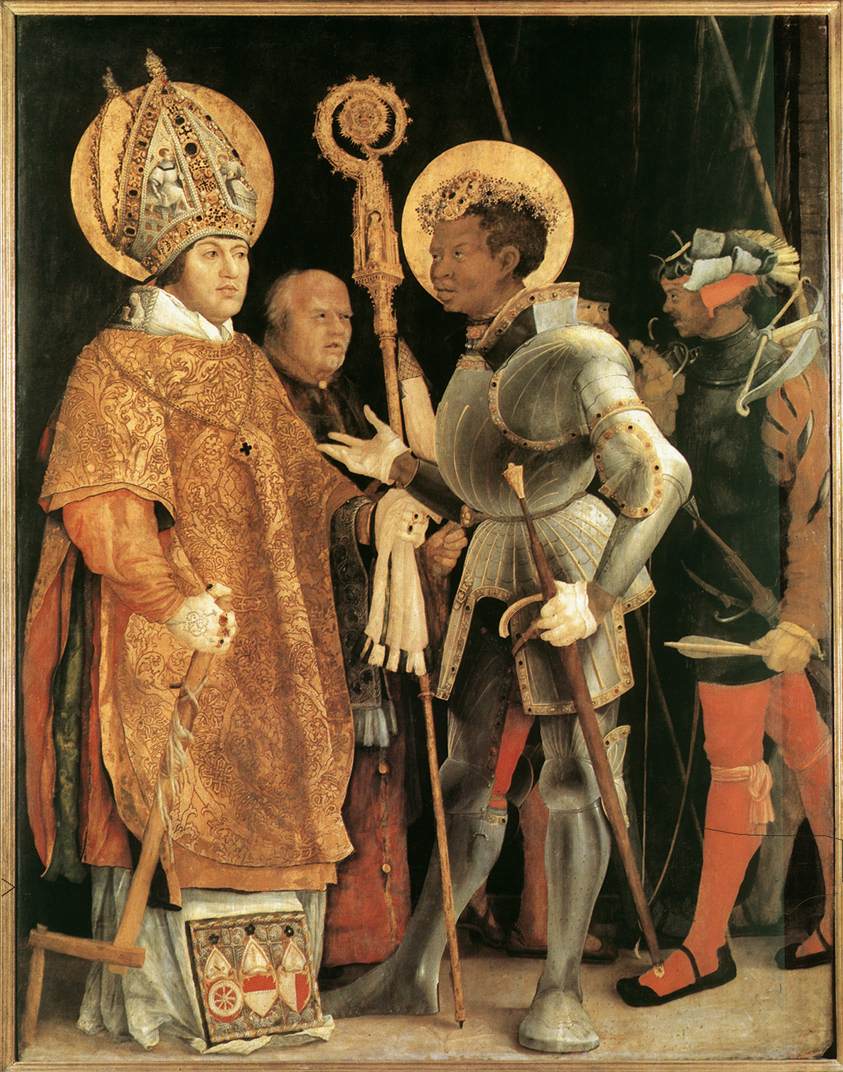
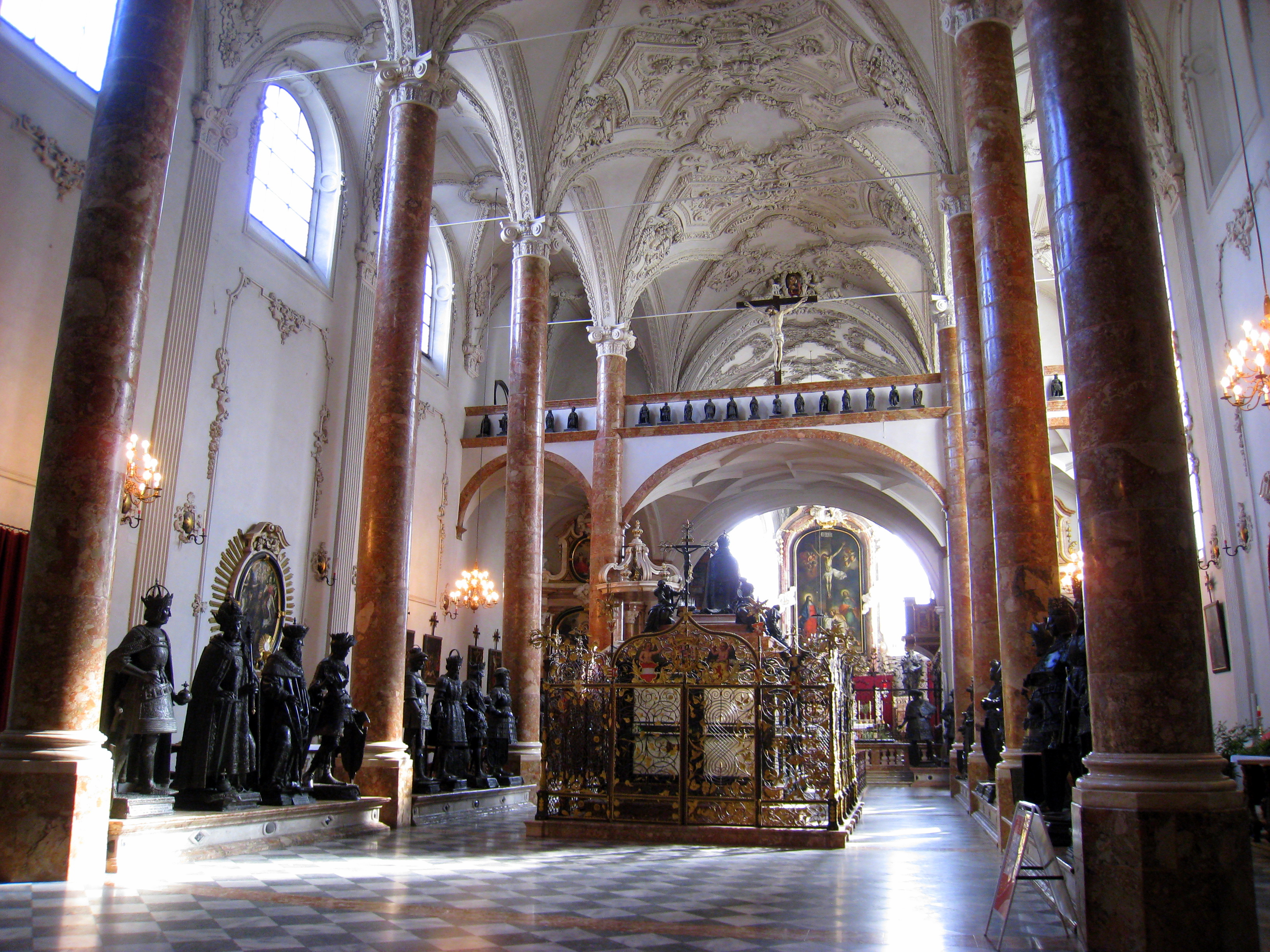


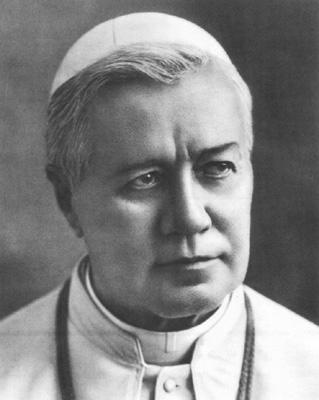






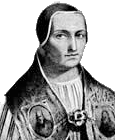






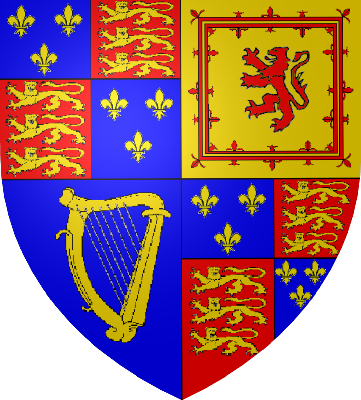
_-002.jpg/220px-Circle_of_Anton_Raphael_Mengs,_Henry_Benedict_Maria_Clement_Stuart,_Cardinal_York_(ca_1750)_-002.jpg)



12 comments:
in your research did you find a copy of the KJV with all 73 books sitting in a museum for everyone to see? many of my non catholic friends donot believe me when I say that the first KJV bibles contained all 73 books.
Esdras? 3 & 4 Maccabees? Psalm 151?
It is absolutely true that the Bible is fundamentally a Catholic book - or perhaps library of books. The fact is that at the time of the first century there were no Protestants. Protestantism did not appear until some 1,500 years later. It was the Catholic Church which wrote the New Testament, it was the Catholic Church which determined which books to include in the NT and which to exclude (There's a book called "The Other Bible") which contains most of the books that never made it into the NT because they did not conform to the Apostolic Gospel - some of those excluded books are in fact pretty weird - it was the Catholic Church which wrote the books of the NT, and it was the Catholic Church which finally determined the canon ("rule") of the Bible as a whole. In fact, I usually freak out my Protestant friends when I tell them that their 66-book Bibles are at root Catholic Bibles that have been downsized.
Congratulations on your blog. Only one comment: Mani was not a Chinese philosopher, but a Persian sage who lived in the 3rd century b.C.
Funny thing if the bible came from the catholic church why can't u find "catholic" in the bible or for that matter pope?
Funny thing if the bible came from the catholic church why can't u find "catholic " in the bible or the pope ?
Yes, it does appear in the Bible - at least 38 times.
Catholic means universal and in Latin is "universus", which appears 38 times.
And the word Roman appears even more often.
So Roman and Catholic are very Biblical words.
On the other hand, you will not find the word "Protestant" even once in the Bible.
As for the Pope, the word means "father" and you will certainly find that in the Bible any number of times.
But you will find the origin of the papal office at Matt 16:18:
"And I say to thee: That thou art Peter; and upon this rock I will build my church, and the gates of hell shall not prevail against it."
The very words of Christ Himself!
Dear Mr. Tribunus,
I´m a brazilian fan of your blog. What are your thoughts on the Talmud? Could you post a comment on this polemical book - I think collection suits it best.
Thanks Mateus.
I'm not an expert on the Talmud but I am aware that there are some unsavoury parts.
It's a later collection of commentaries which is super-added to the Torah and authentic Judaism.
It's authority cannot be but relatively small by comparison with the Torah and the Old Testament.
You stated:
"He ordered Anglican scholars to translate the original texts into English. This became the KJV."
Actually, the KJV was largely based on the then-used Bishop's Bible version, and to my understanding, from the recorded contemporary documentation, NONE of the few extant Hebrew, Greek, or Latin source documents were used at all in the KJV determination.
They simply revised their own existing translation, much to the horror of Hebrew, Greek, and Latin scholars of that time, one calling it the 'King James Perversion.'
Check into this.
Very interesting and true, however the use of the word "Catholic Church" is misleading. You should instead say "Christian Church". Until the Great Schism, nominally dated at 1054, occurred there was only one Church and one Christian Faith preserved in scriptures, practices, and traditions passed down since its inception. This Church and faith exists today as The Orthodox Church also known as the Eastern Orthodox Church. Although the Orthodox Church calls itself "Catholic" in the sense it is universal and sufficient, the use of the title "Catholic Church" today implies the ROMAN Catholic Church in the mind of most readers and thus would make your premise untrue. The present Roman Catholic Church is distinctly different in doctrine than the original church spoken of.
Dear John Nicholas,
Not correct.
As Blessed John Henry, Cardinal Newman makes perfectly clear in his seminal work "The Development of Christian Doctrine", the true Church was called both Roman and Catholic from the very beginning, and recognised the successors of St Peter as Supreme pastor and spiritual teacher. That is why he converted to the Roman Catholic Church.
The Orthodox Church has many excellent features but the fullness of the truth and of the Church of Christ does not subsist within it - only part of the truth.
The oldest liturgy in the Christian world is, as the scholars have clearly shown, the Roman rite. The Liturgy of St James, St Basil and St John Chrysostom, although all excellent, are later developments.
The mother and mistress of all the churches is the Church of Rome.
This is inescapable historical and theological fact.
That does not mean that the Orthodox cannot go to heaven - they surely can - it simply means that the fullness of the Christian truth subsists in the Roman Catholic Church which is the true Church of Jesus Christ.
Post a Comment